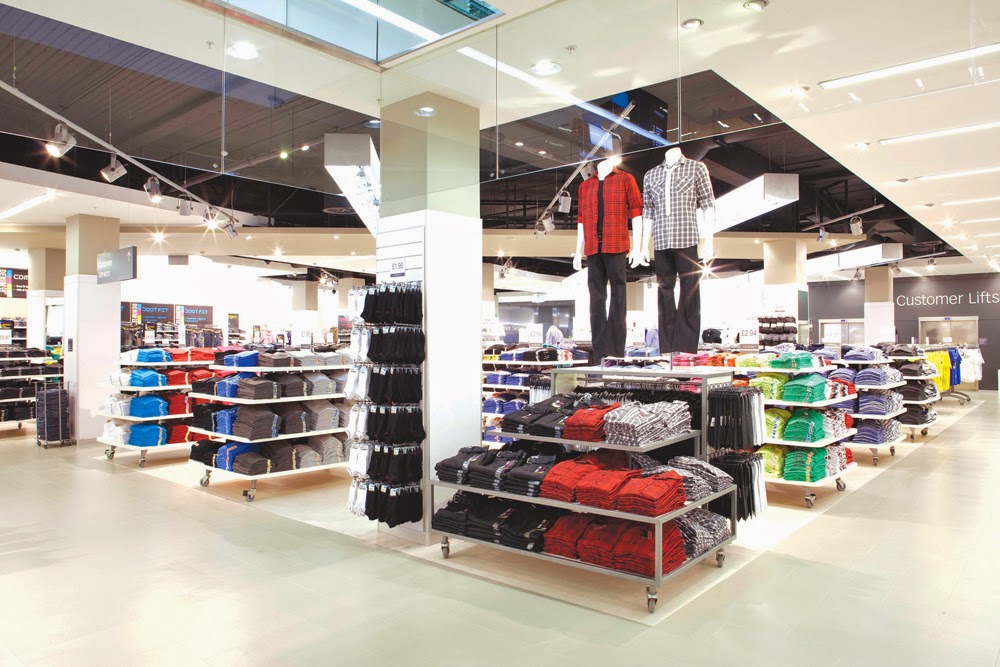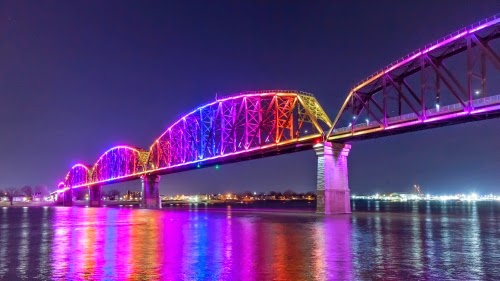Philips: Smart lighting can neutralise the age differences in your office

Something for everyone: Whether your eyes are fresh out of university, or approaching retirement, Philips Connected Lighting allows you to adjust the office lighting to your needs. Photo is from pcruciatti via Shutterstock LUX reports: Age discrimination aside, a typical office might house workers ranging from their twenties through sixties. And while it's no secret that the average set of eyes on a young adult typically functions better than those on an older colleague, office and lighting designers have long ignored the difference. Enough of that, says Philips, which is calling for 'personalised lighting in your workplace' to assure that employees of all ages work under the correct, individualised lighting conditions that allow them not only see (what a concept!) but, even better, to produce. It's part of the Dutch giant's efforts to market its 'Connected Lighting for offices' , which it first introduced a year ago and which it has showcased





